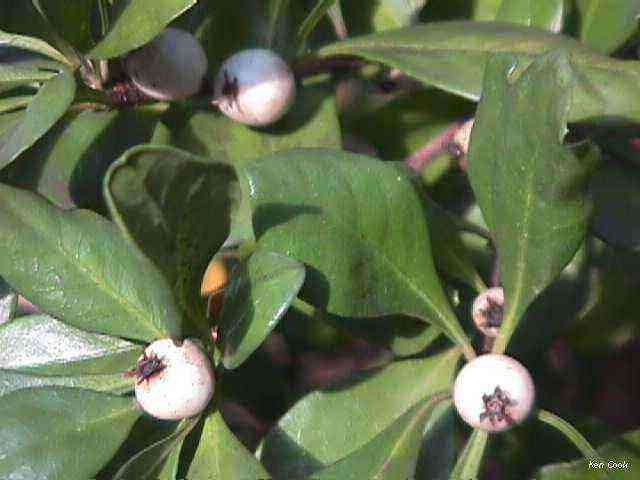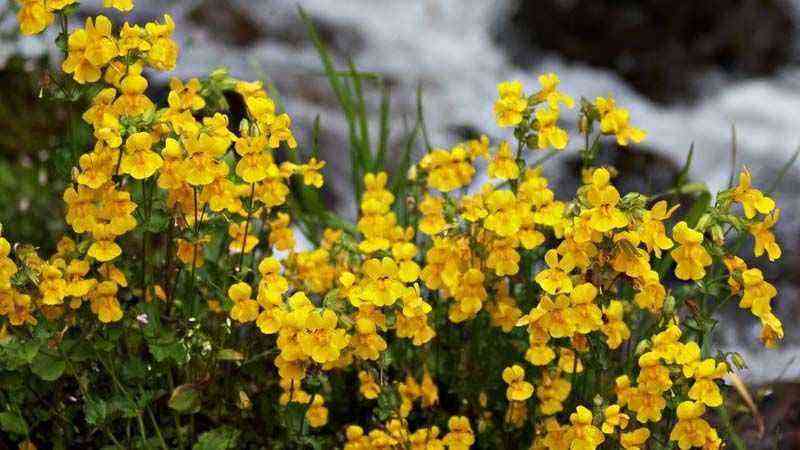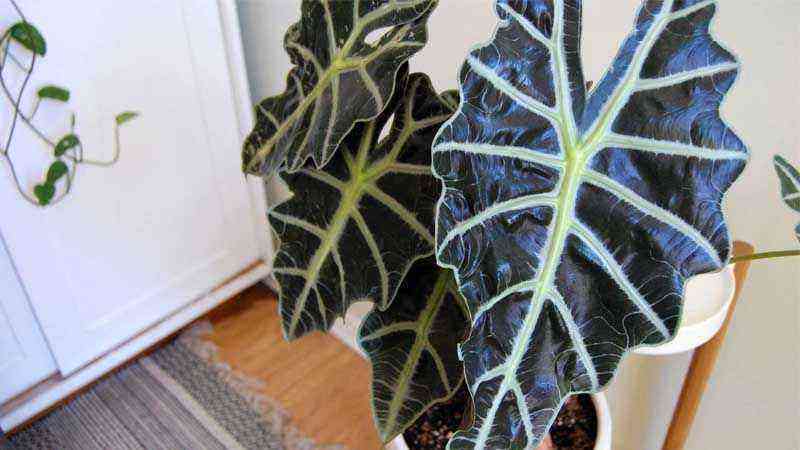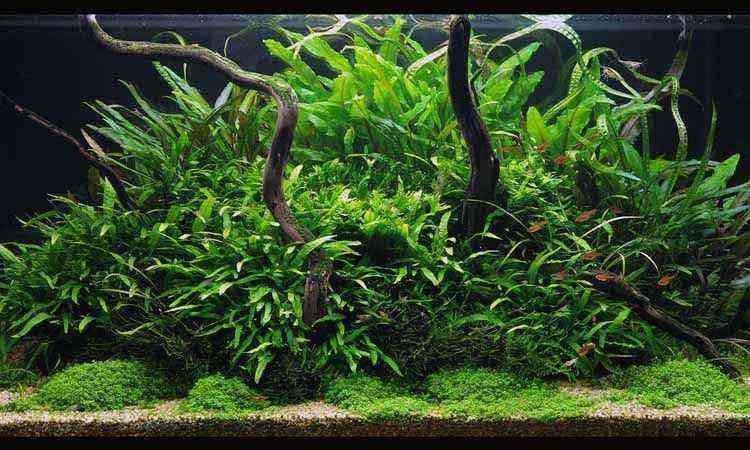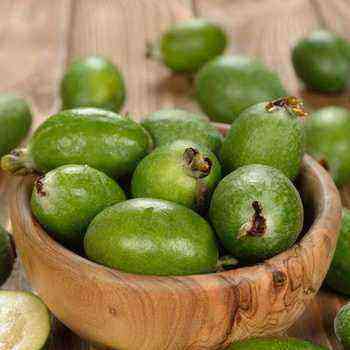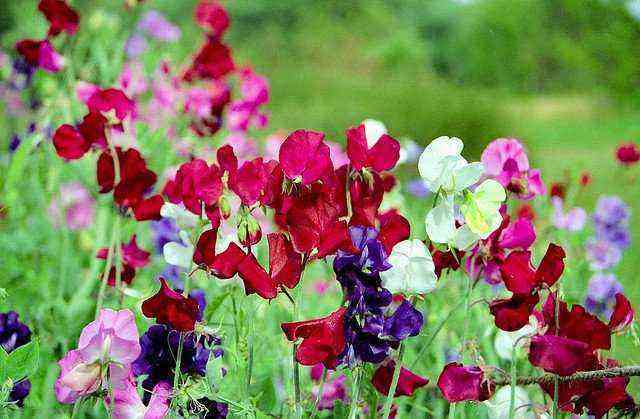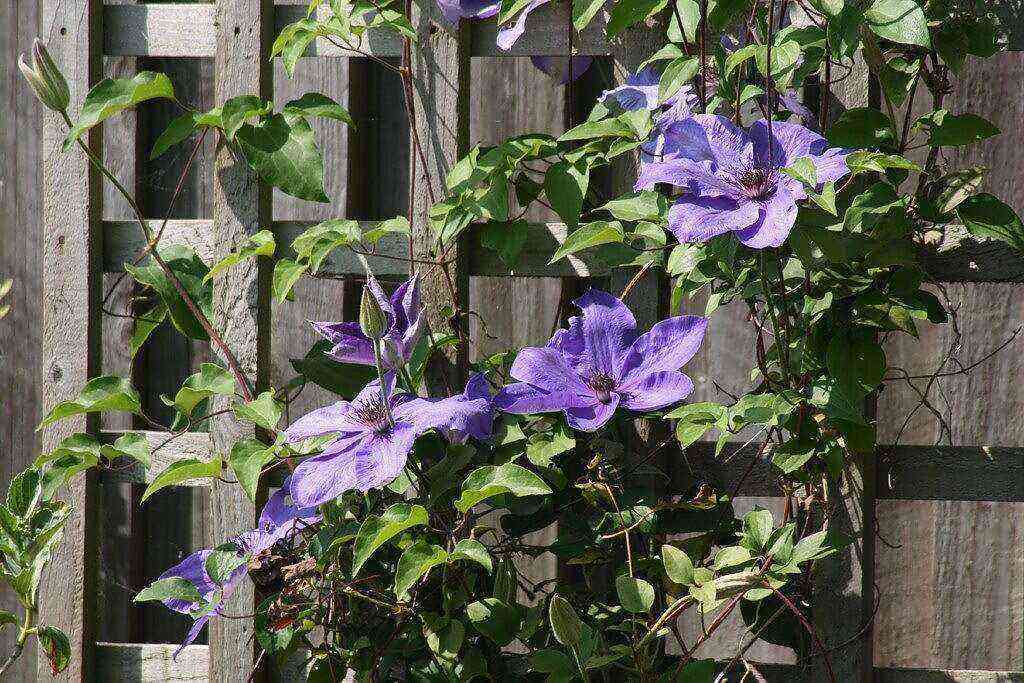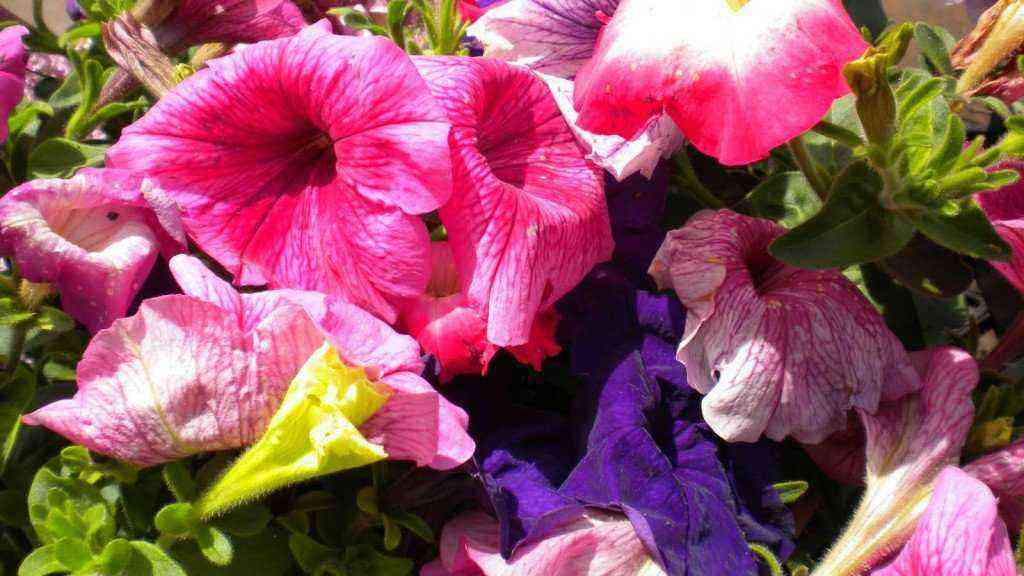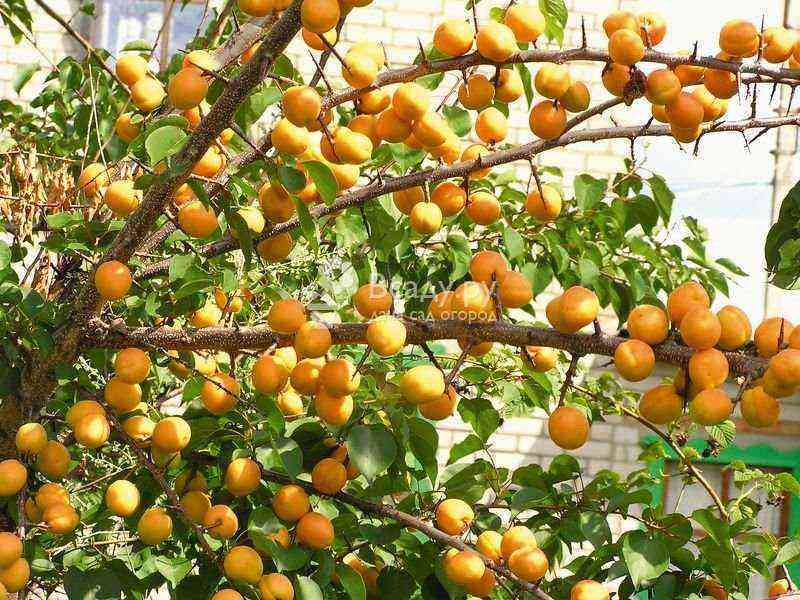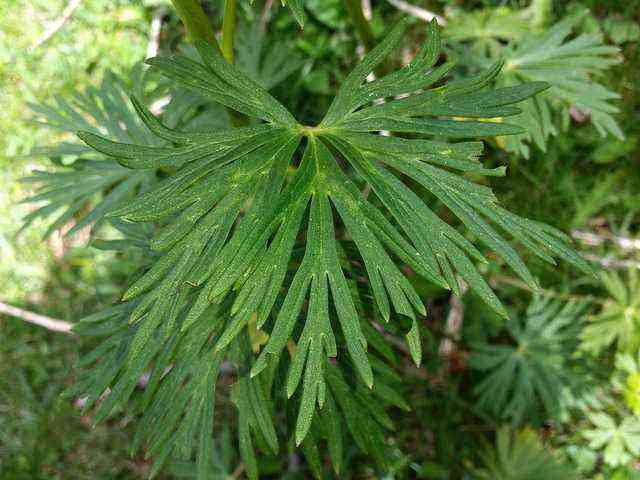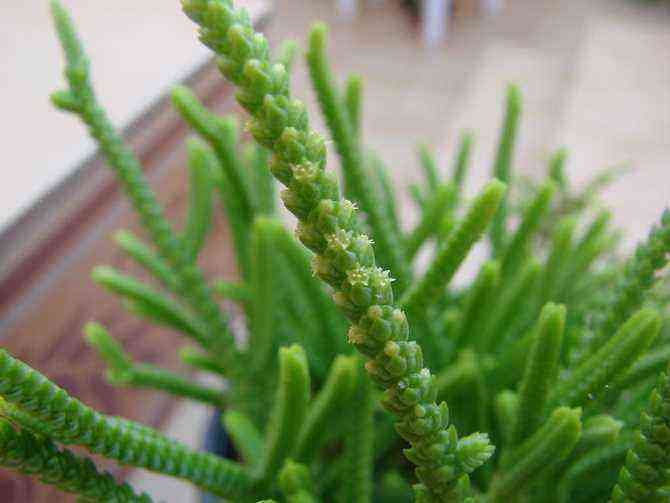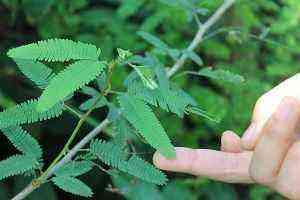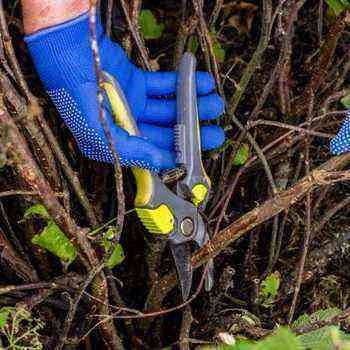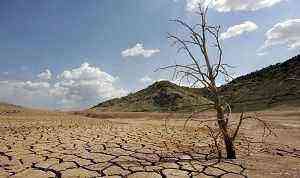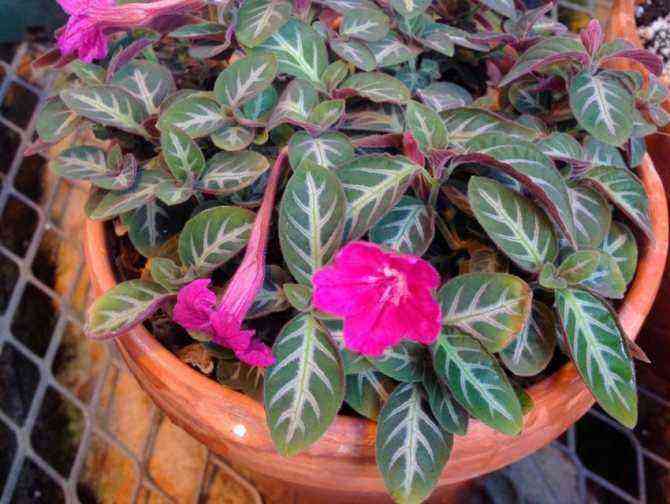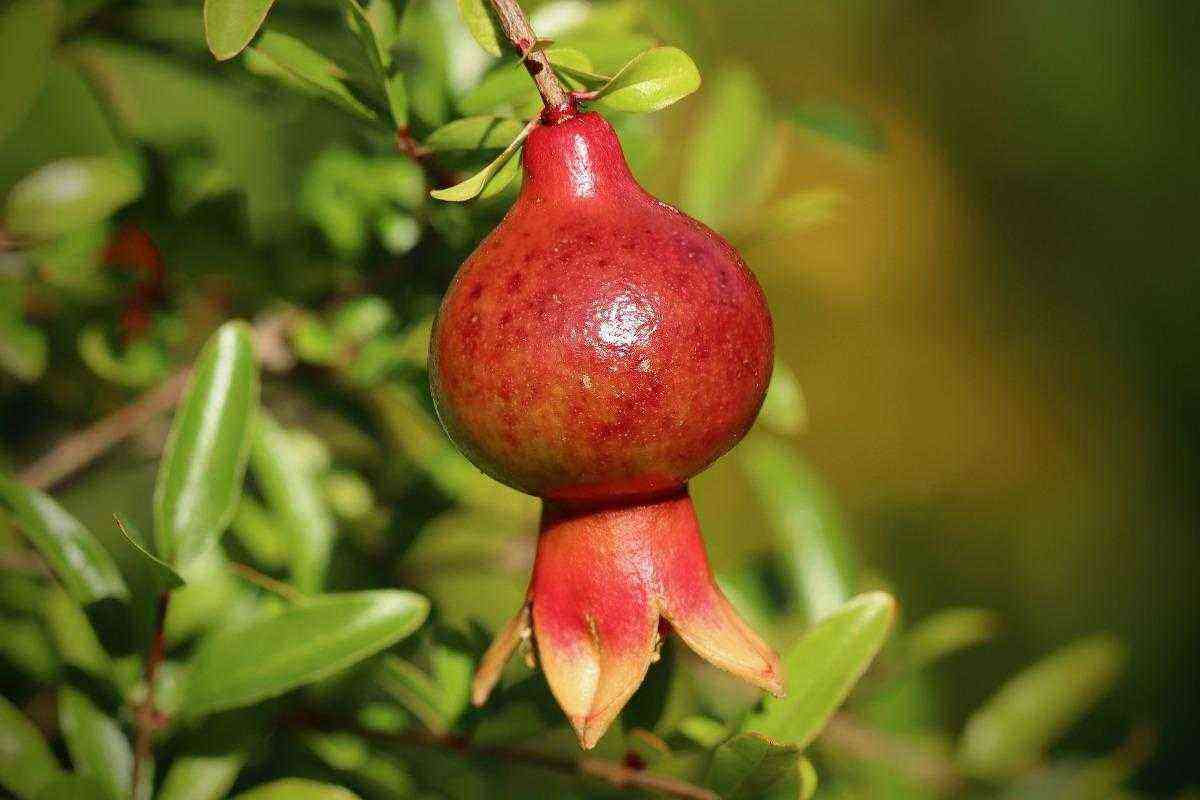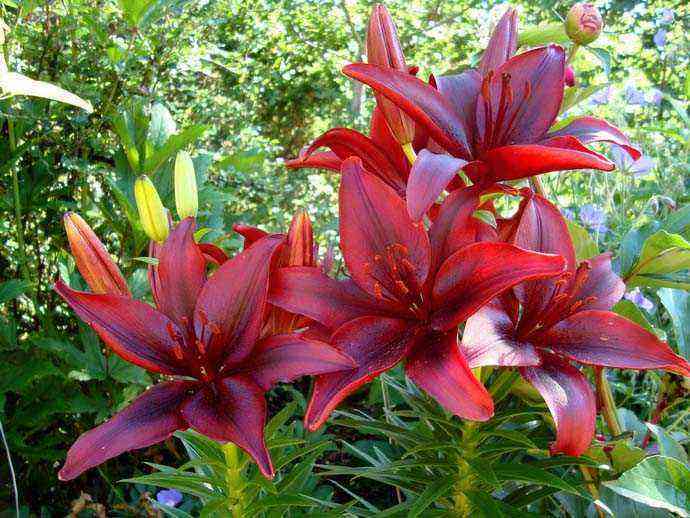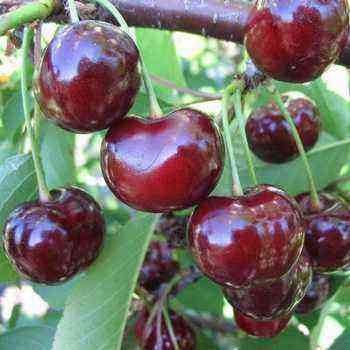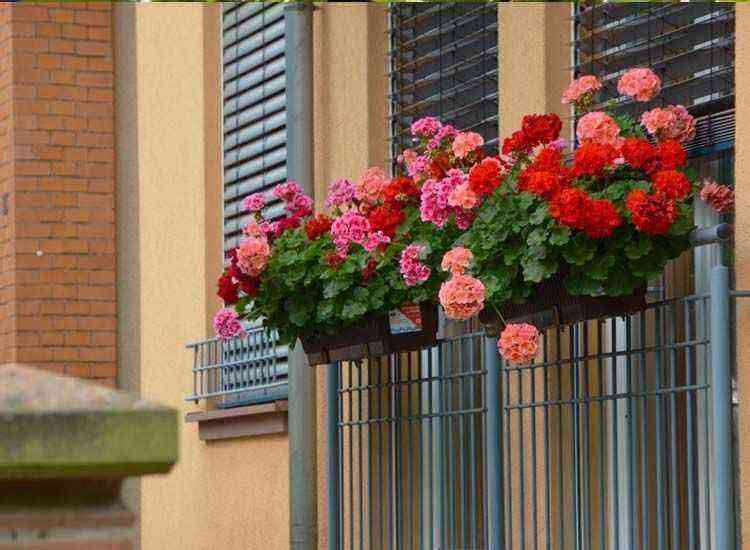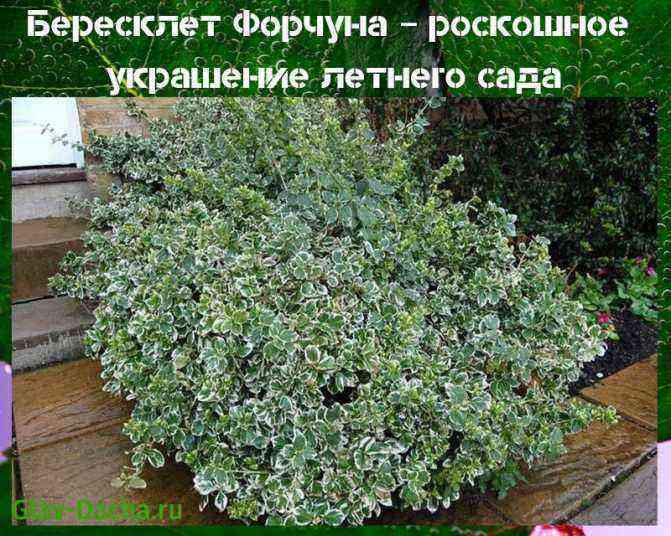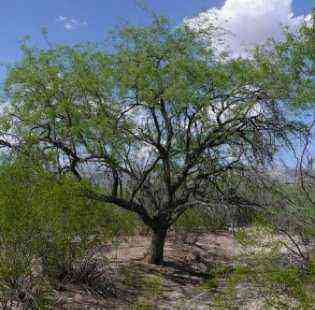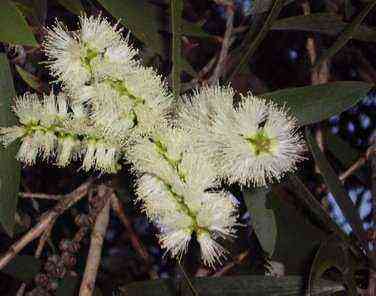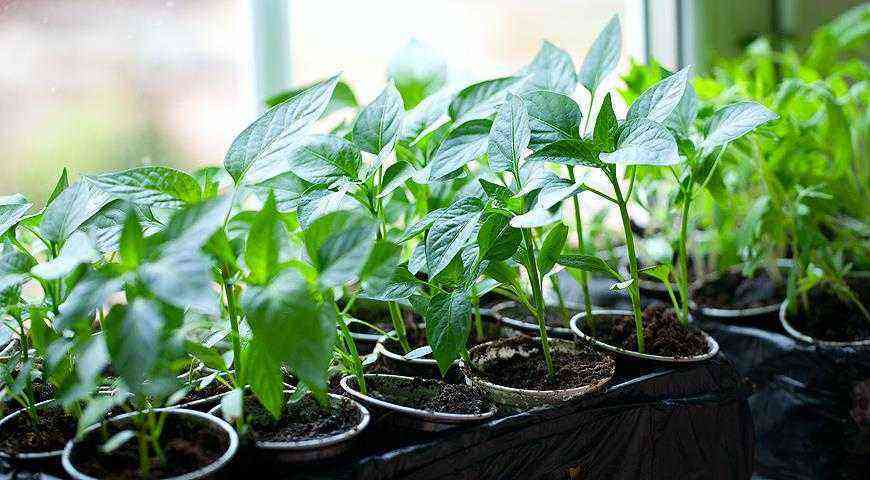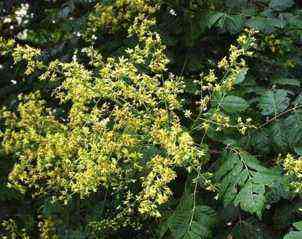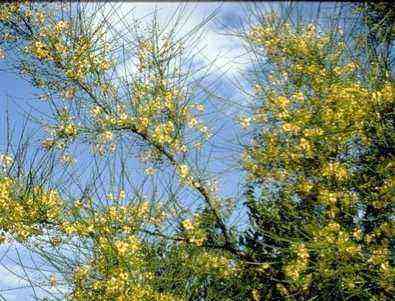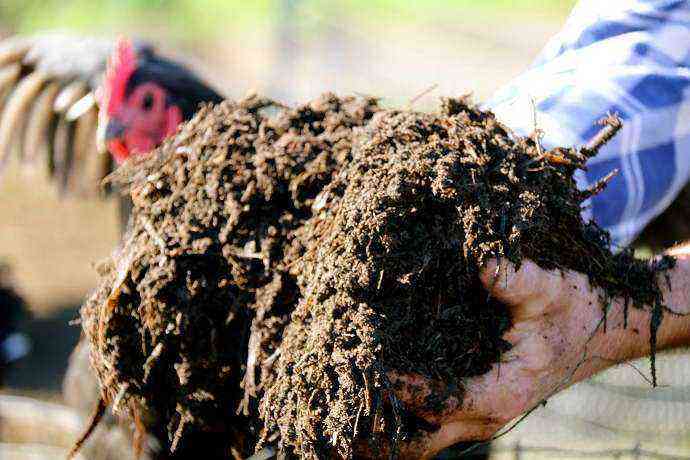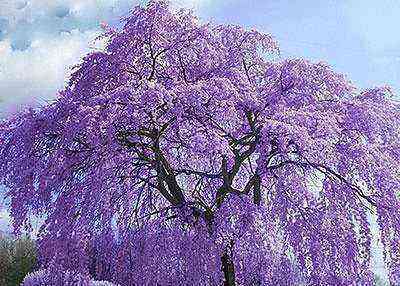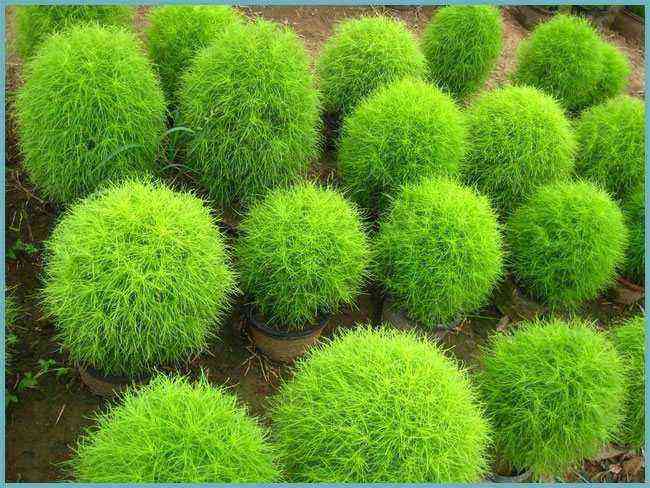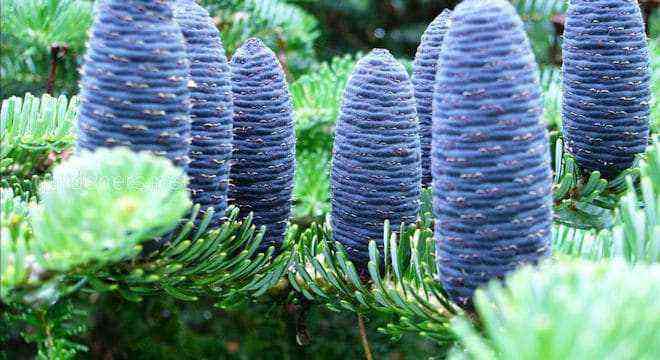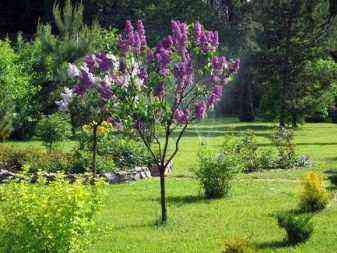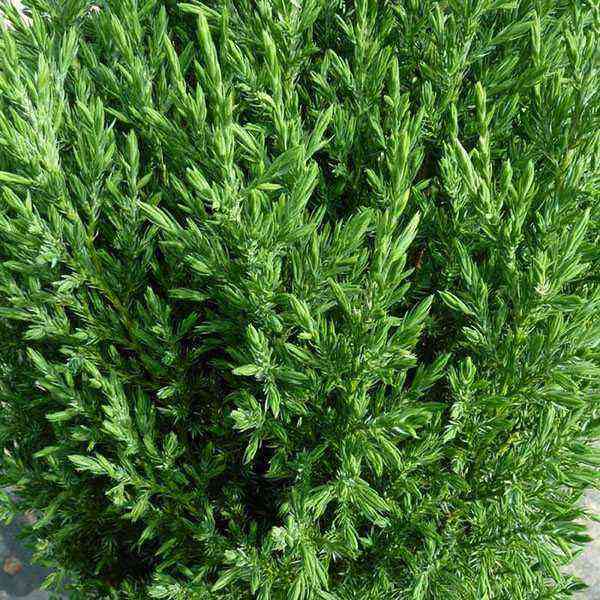 Common quince, or oblong quince (lat.Cydonia), is a monotypic genus of woody plants of the Pink family, common in nature in Central Asia, the Transcaucasia and the Caucasus, as well as in temperate regions of Asia, in Central and Southern Europe, where it grows on the edges, clearings and glades, along the banks of rivers and streams, in the lower belt of the mountains. Prefers quince loose, moist and fertile sandy, heavy loamy, red earth and black earth soils.
Common quince, or oblong quince (lat.Cydonia), is a monotypic genus of woody plants of the Pink family, common in nature in Central Asia, the Transcaucasia and the Caucasus, as well as in temperate regions of Asia, in Central and Southern Europe, where it grows on the edges, clearings and glades, along the banks of rivers and streams, in the lower belt of the mountains. Prefers quince loose, moist and fertile sandy, heavy loamy, red earth and black earth soils.
In culture, quince is cultivated not only in the hot climates of South Africa, Australia and Oceania, but also in the Americas and even in cool regions such as Scotland and Norway. Mankind has known quince for more than 4000 years – it was its fruit, believing that the quince is a kind of apple tree, was awarded to Aphrodite, who defeated other contenders in a dispute about beauty.
Planting and caring for quince
- Landing: in spring or autumn – at the end or beginning of the dormant period.
- Lighting: bright sunlight.
- The soil: any, but better loose and heavy.
- Watering: regular, 4-5 waterings per season. Young seedlings require frequent watering. The first watering of the fruiting quince is before flowering, the second is during flowering, the third is after the extra ovaries have fallen off, the fourth is during the growth of shoots, the fifth is during the growth of fruits. Young trees stop watering at the end of August, and mature trees at the beginning of September. Watering for a young tree consumes about 400 liters of water, for an adult – up to 800 liters. The soil should get wet to a root depth of 80-100 cm.
- Feeding: organic matter is introduced into the near-trunk soil once every 2 years, minerals – three times a year: in spring, summer and autumn.
- Trimming: the main one – in early spring, before the start of sap flow. In autumn, if necessary, carry out a sanitary cleaning.
- Reproduction: seeds, cuttings, root suckers, layering and grafting.
- Pests: fruit mites, apple moths, apple aphids and leaf-dominated moths.
- Diseases: fruit rot (moniliosis), powdery mildew, rust, ovary decay, leaf brownness and gray fruit rot.
Quince is a deciduous shrub or tree from one and a half to 5 m high with branches obliquely rising up. Quince bark is scaly, thin, smooth. Old branches and quince trunk are dark gray or dark reddish-brown, and on young branches the bark is fleecy, gray-brown. Shoots are also tomentose-pubescent, gray-green in color. Quince leaves are alternate, entire, oval or ovoid, usually broadly elliptical, sometimes rounded, glabrous on the upper side of the plate, dark green, from the lower part glaucous from tomentose pubescence. The length of the leaves is from 5 to 12 cm, the width reaches 7,5 cm, the petioles are up to 2 cm long. Quince flowers, mostly solitary, regular, on pubescent pedicels, bloom in May or June.
The fruit of a quince is a false fleecy apple of lemon or dark yellow color, round or pear-shaped, in which there are five multi-seeded nests. The diameter of the fruits of wild trees is from 2,5 to 3,5 cm, in cultivated forms apples can reach a diameter of 15 cm. The pulp of quince is very aromatic, but tough and slightly juicy, its taste is astringent, tart and sweet. Quince fruits ripen in September-October. Quince lives on average up to 60 years, actively bears fruit for 30-50 years, begins to bear fruit in 3-4 years of growth.
Quince is a relative of many garden trees – apple, pear, plum, cherry plum, medlar, hawthorn, rose hips, almonds, irgi, mountain ash, chokeberry and other plants known in culture. Quince fruits are used for making jam, jelly, marmalade, compotes, drinks, it is eaten as a seasoning for meat. Traditional medicine widely uses quince to treat constipation, colitis, flatulence, uterine bleeding, respiratory diseases and gastrointestinal diseases. Blooming quince is an amazing sight, so it is often used by landscape designers to decorate public gardens, parks and squares.

We will tell you about how the planting and caring of quince is carried out, how to grow a quince on a backyard, how to feed a quince to stimulate abundant fruiting, what diseases and pests of quince can cause you trouble, how to process a quince when it gets sick, how to plant quince, how to carry out the formation of a quince by pruning – you will find this and many other information in our article.
Planting quince
When to plant
Quince is thermophilic, it tolerates drought well, in addition, it does not even care for monthly floods, so it grows well in places with shallow groundwater. The best place for quince is an open area on the south side. Despite the fact that quince grows on any soil, it bears fruit best on well-loosened heavy soils, and on light sandy loam lands, quince, although it will begin bearing fruit earlier, will yield more modest yields and will live less. You need to plant a quince during a dormant period – in spring or autumn.

Autumn landing
If you buy annual quince seedlings for planting, then you can buy planting material with an open root system, but if the seedlings are older, then choose those with an open root system so that you can assess its condition. When planting quince, keep in mind that the roots of an adult plant can occupy an area several times larger than the projection area of the crown, so place the pits for planting quince at a distance of at least 5 m from other trees and buildings.
Anyone who decided to plant a quince in the fall should start preparing a site for it in the spring: dig up the soil to the depth of a shovel bayonet while simultaneously adding 50 g of superphosphate and 20 g of potassium salt to each m². After digging and planting fertilizers, the area is lightly watered. When it comes time to plant a quince, dig a hole about 40 cm deep and 45 to 90 cm in diameter in the area – the width of the planting hole depends on the size of the seedling root system. Drive a peg into the center of the pit for a tree garter, lay a layer of clay on the bottom, then fill a third of the remaining depth with fertile soil mixed with 50 g of wood ash and 150 g of superphosphate.
Then place a seedling in the hole, straighten its roots, fill the hole with soil, tamp it lightly and water the seedling abundantly – at least 2 buckets of water are required for one tree. When the water is absorbed, tie the seedling to a peg and cover the tree trunk with a thick layer of humus or peat.
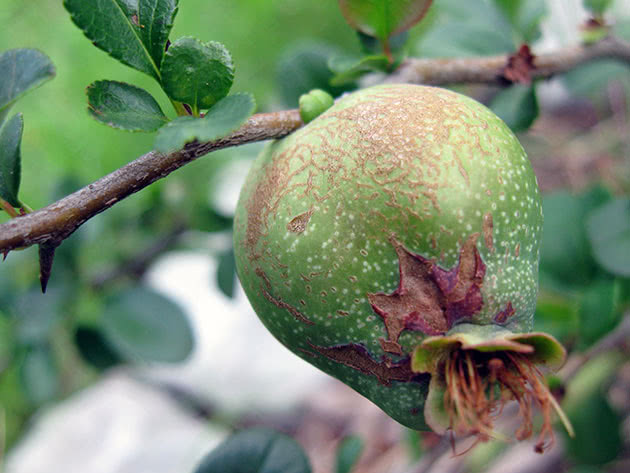
How to plant in spring
The quince is planted in the ground in the spring in the same order as in the fall, however, the site is dug up with fertilization since autumn, and the layer of mulch in the root circle after planting may not be as thick as on the eve of winter – not 10, but 5 cm.
Care for quince
Growing conditions in spring
In early spring, before the start of sap flow, they carry out sanitary pruning of quince, removing dry, broken branches under the weight of snow and diseased branches. After that, you can carry out a formative shearing of young trees or rejuvenating pruning of old ones. At the beginning of bud break, carry out a “blue” sprinkling of quince – treatment with a XNUMX% solution of Bordeaux liquid. Just don’t be late – if the kidneys are already open, the Bordeaux mixture can damage them. At about the same time, the trunks and the base of the skeletal quince branches should be whitewashed with lime and complete mineral fertilizer should be applied to the soil.
On a pink bud, quince is treated against aphids, sawflies, moths, moths, leaf rollers, and also against powdery mildew with a solution of 3 ml of Fastak or a similar preparation in 10 liters of water.
Before flowering and immediately after it, it is necessary to carry out abundant watering of quince, adding complex mineral fertilizers to the water.
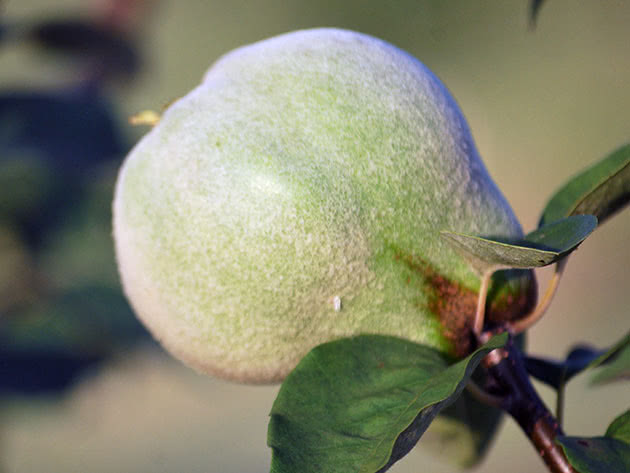
Ten days after flowering, in May, it is necessary to carry out preventive treatment of quince from sawflies, leaf-eating pests, scab and fruit rot with Topaz or its analogues.
Summer Care
In June, the quince is treated against moths, golden moths, aphids, moths and leaf rollers with a solution of 6-8 ml of Sonnet in 10 liters of water. In the future, the entire summer period, in order not to abuse pesticides, quince processing is carried out selectively and only as needed.
Quince in summer, just like in spring, needs weeding and loosening of the soil in the near-trunk circle and in the aisles. If the trunk circle is mulched, then you will have less work. In July, quince is fed with full mineral fertilizer.
Quince in August and September ripens, therefore, treatment for diseases and pests must be stopped a month before harvesting.
Quince care in autumn
At the end of September, in October or November, the fruits are removed from the quince, and after harvesting the trees are treated with a five percent solution of urea from scab. In autumn, water-charging quince watering is carried out. After leaf fall, when the trees enter a dormant period, thinning, rejuvenating and sanitary pruning of trees is carried out. In November, the quince is prepared for winter.

Performing the shaping
Even if the quince in the garden is completely healthy, annual preventive treatments against pests and diseases will help it maintain health and strengthen immunity. The first treatment is carried out on the still dormant buds with the preparation No. 30 in order to destroy the insects that have overwintered in the bark and in the ground. The second and third preventive treatments are carried out before and after flowering: on a green cone, quince is sprayed against fungi with Abiga-Peak or one percent Bordeaux liquid, and in May, on the buds, the tree is treated with Kemifos leaf rollers, and Horus against fungi. After flowering, quince is jointly processed against the moth and fungi with Strobi and Inta Vir.
In June, during the growth of the fruit, the trees are sprayed with the preparations Skor and Lepidocide, and in July the quince is treated against fungi and the second generation of the moth with the preparations Kemifos and Strobi.
For a month and a half before harvesting, it is advisable to stop all processing, and only late varieties of quince, if necessary, are sprayed with Kemifos.
In the fight against insects, drugs such as Karbofos, Metaphos, Aktellik, Aktara, Decis, Zolon, Arrivo, Fufanon, Confidor have proven themselves well. And fungicides such as Bayleton, Quadris, Maxim, Oksikhom, Ridomil, Strobi, Topaz, Tiovit Jet, Topsin, Falcon, Fundazol, Fitosporin and others are effective against fungal diseases.
Watering
Growing quince involves regular moistening – 4-5 waterings per season. Young seedlings are often watered, and an adult, fruiting quince requires the first watering only before flowering, especially if the spring is not rainy. The second watering is carried out during flowering, the third – after the ovaries have fallen off, the fourth – when the shoots grow, and the fifth – when the fruits form and begin to grow.
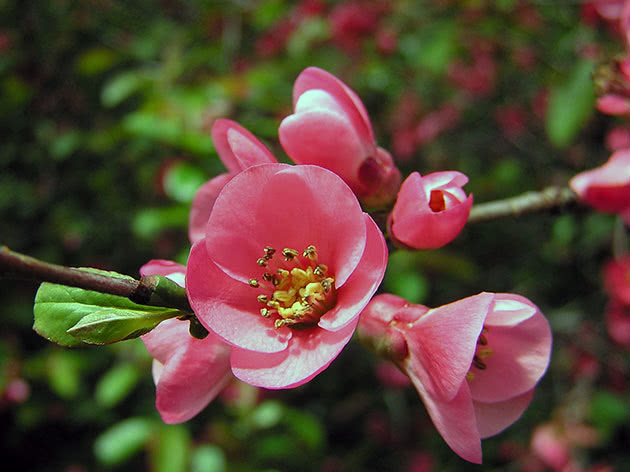
Watering of young quince is stopped at the end of August, and mature trees – at the beginning of September. The soil in the area with quince is moistened to a root depth of 80-100 cm. Water consumption for young trees is 400 liters per watering, and for adults – 800 liters. Quince is able to withstand both drought and flooding, but both have a negative effect on the quality of its fruits, therefore, regular and sufficient watering of quince is the key to a successful harvest.
After watering, it is very convenient to weed out the grass and loosen the soil in the tree trunk circle and in the aisles to a depth of 8 cm.
Additional fertilizing
The fertilizers laid in the ground during planting should be enough for the seedling for a year. If you introduced organic matter into the soil in the form of humus or compost, then the next time organic fertilizers will need to be applied in two years, and mineral fertilizers are applied three times annually – in spring, summer and autumn.
In the spring, nitrogen fertilizers are scattered around the tree, after flowering, the soil around the quince is watered with a solution of potassium-phosphorus fertilizers at the rate of 200-300 g per 10 liters of water, and in August the quince is fed at the rate of 30-40 g of potassium and phosphorus fertilizers per m². In addition, every spring and every autumn, the trunk circle is mulched with a layer of peat or compost at least 5 cm thick.
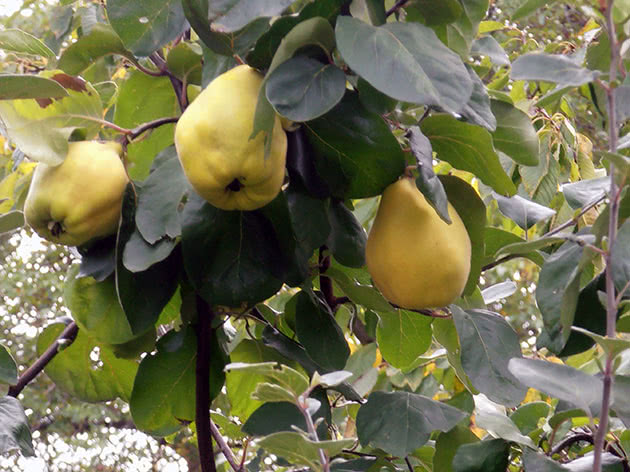
Quince wintering
The danger of winter cold for quince is that its root system is located horizontally at a very shallow depth, and can be damaged by frost. Therefore, it is advisable to cover the plot of land around the tree and the lower part of the trunk with humus or dry leaves for the winter. When the snow falls, try to throw a snowdrift under the tree, and then you can not worry about the quince until spring. In areas with very cold winters, quince is additionally insulated, wrapped in lutrasil or spunbond, and then tied with spruce branches.
Trimming Quince
When cut
The main pruning of quince is carried out in early spring, before the start of sap flow. Dry and diseased branches are cut and burned, thinning and rejuvenating pruning is carried out on old trees, and trees up to five years old are subjected to formative pruning. In the summer, in August, the ends of the rapidly growing quince shoots are pinched. Quince in the fall, after leaf fall, when the trees enter the dormant period, only needs sanitary and thinning pruning.
How to trim
The crown of a tall quince is formed as a bowl with an open center, from 4-5 skeletal branches located at a distance of 15-20 cm from one another, and in low-growing varieties they form a sparse-tiered crown of 8-10 branches, on which lateral branches are evenly distributed … The height of the stem of a quince tree should not be large – only 40-50 cm, otherwise pruning a quince is very similar to pruning an apple tree.

Spring pruning
The first pruning of a spring seedling is carried out immediately after planting, and if you planted a quince in the fall, cut it next spring to a height of 50-60 cm, leaving 7-8 buds, from which the lower tier will form – four or five branches growing at a distance of 10- 15 cm apart, and the next, second tier of branches, located 30-40 cm higher.
A year later, next spring, the conductor (central quince branch) is cut at a height of 20-30 cm from the level of the skeletal branches to the outer bud, and annual growths on the lower tier are shortened to 50-60 cm, thereby forming branches of the second order. Do not trim lateral branches unless they thicken the center of the crown or compete with the guide. Remove all root shoots. By the beginning of fruiting, that is, by 3-4 years, the crown is usually already formed.
Pruning in the fall
From the fifth year of growth, the quince only needs to maintain the shape of the crown – it is better to continue doing this in the spring. And in the fall, after the leaves have flown from the quince, it is subjected to sanitary pruning – diseased, drying out and broken branches during fruiting or harvesting are removed, as well as those that thicken the crown or grow in the wrong direction.
Reproduction of quince
Methods of reproduction
Quince propagates by seeds, cuttings, layering, root suckers and grafting. Moreover, unlike other crops, the simplest way of reproduction is seed.
Cultivation from seeds
From ripe quince fruits harvested no more than a month ago, take out the brown seeds, rinse them in warm water, spread them indoors on a dry cloth or paper and dry. These seeds are suitable for sowing for six months. You can sow them before winter, or you can do it next spring, but then during the winter period they must undergo stratification – store them until spring, mixing with sand in a ratio of 1: 3, in a vegetable drawer of the refrigerator, after soaking for 5 6 hours in water.
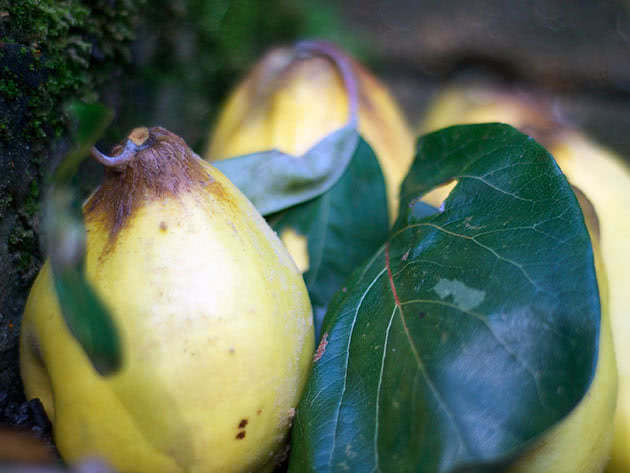
If you decide not to postpone sowing until spring, in October sow the seeds in open ground to a depth of 2-3 cm, and on top mulch the sowing with peat or humus. The distance between the rows should be 20-25 cm, and the density of sowing seeds per 1 running meter of the plot should be no more than 100 seeds. In the spring, wait for the shoots and thin them out twice: the first time, leaving 10 cm between the seedlings, and the second time – 15-20 cm.
If you put the seeds in the refrigerator in February, then in April you can sow them directly into the open ground in the way we have already described. But if you placed the seeds for stratification in December, then at the end of February or early March you need to sow them 2-3 pieces in peat pots to a depth of 2-4 cm and grow them like any seedlings. With the onset of warm weather, the seedlings are gradually hardened and then planted together with the pots in a shovel previously dug to the depth of a shovel bayonet and moistened soil at a distance of 10-15 cm from each other.
After planting, the site is watered and then mulched. In the phase of development of two true leaves, the seedlings are thinned out, after three weeks, they are thinned again.
In the fall, seedlings that have reached a height of 40 cm are transplanted to a permanent place.
Reproduction by root offspring
Root offspring are the root growth that you are encouraged to fight against all the time. It is worth knowing that quince grown from root suckers usually produces small fruits and has a less developed root system. To grow good seedlings from offspring, take into account our advice: if you have formed basal shoots with a thickness of at least 5 mm and a height of 15-20 cm, spud them higher so that the soil fits snugly against the shoot. Repeat hilling after three weeks. In the fall, separate the processes from the mother bush and plant them. For the winter, mulch the soil around them with wood chips or humus.
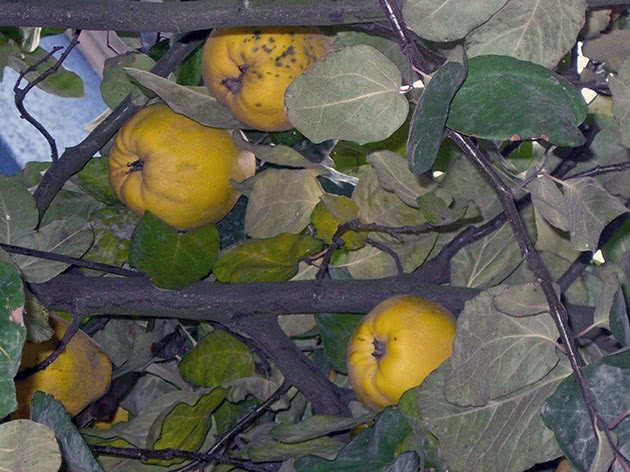
Reproduction of quince by layering
Quince is also propagated by arcuate or horizontal layering. The difference between these types of layering is that when propagating horizontally, the entire shoot, except for the top, is buried in a furrow 10 cm deep, and it is fixed in this position in the furrow every 15 cm, and the arcuate layering is immersed in the furrow only in the middle part.
You can grow vertical shoots from the side buds, and when they reach a height of 15-20 cm, they are spud up half the height, watered all summer, protected from weeds, and after leaf fall, they are separated from the mother plant and planted in a permanent place.
Propagation by cuttings
In June, in the morning, before the onset of heat, green cuttings are cut so that each has 1-2 internodes with a heel up to 1 cm long. The lower cut of the segments is treated with Kornevin, after which the cuttings are planted at an angle into a mixture of sand and peat in ratio 3: 1 at a distance of 5-7 cm from each other. Cuttings at 20-25 ºC may take 30 to 40 days to root. As soon as rooting occurs, the cuttings can be planted in a permanent place.
Lignified cuttings 25 cm long can also be used for reproduction, in which the lower cut passes immediately under the bud, but they need to be rooted in the same sand-peat mixture in a greenhouse.
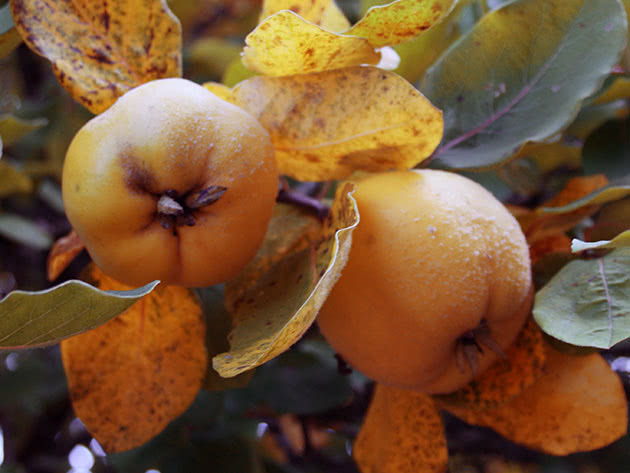
Quince grafting
As a rootstock for grafting a cultivated quince cuttings, seedlings or hawthorn rootstocks grown from quince seeds are used. The best varieties for growing stock are Provencal and Angerskaya quince. Quince budding is carried out on an annual stock in the first two weeks of August. However, more often quince is used as a stock for other crops, and not vice versa, therefore it is better to propagate quince not by grafting, but by other methods described by us. If you do decide to try budding quince, find a section on the website on how apple grafting is carried out.
Quince diseases and their treatment
Most often, quince is affected by fruit rot, or moniliosis, powdery mildew, rust, rotting of ovaries, brownish leaves and gray rot of fruits.
Moniliasis – a fungal disease that spreads in temperate zones in a damp and humid spring, as well as in the first half of summer. First, the disease affects fruits that have mechanical damage: brown spots are formed on them, which quickly increase in size, their flesh becomes loose, loses its taste, as a result, the fruits fall off, but some of them turn blue, harden, but remain on the branches.
Control measures. Against fruit rot, quince is treated with Abiga Peak, Bordeaux mixture, copper sulfate, Rovral, Teldor and other fungicides of a similar effect.

Leaf boring manifested by many brown rounded spots on the leaves of the quince. With the development of the disease, the leaves dry out and fall off prematurely.
Control measures. After flowering, treat the quince with a XNUMX% solution of Bordeaux liquid. Collect and burn fallen leaves.
Mučnistaâ rosa manifests itself at the ends of annual young shoots with a whitish or reddish bloom, which, with the development of the disease, turns into a dense brown film with black dots – the fruiting bodies of the fungus. The shoots stop developing, the leaves are deformed, the ovaries crumble, and the quince dries at the points of growth.
Control measures. Immediately after flowering, quince is treated with fungicides, after two to three weeks, spraying is repeated.
Rust – The symptoms of this fungal disease look like orange-brown bumps on the upper side of quince leaves, and oval or round pustules form on the lower side. The spots turn into stripes over time, the leaves turn yellow and fall off prematurely.
Control measures. Treatment of quince from rust includes two-fold treatment of the tree with fungicides after leafing out with an interval of 2 weeks.
Rotting ovaries – this disease also has a fungal nature: first, dark spots appear on the leaves, gradually spreading throughout the leaf, and during flowering, pathogenic spores penetrate into the buds and flowers, destroying the ovaries.
Control measures. Sanitary pruning of diseased and broken branches, as well as the destruction of dry fruits are considered as a preventive measure. Good results are obtained by treating quince with Fundazol solution during flowering and immediately after it.

Gray mold manifests itself as necrosis – rapidly growing brown spots on shoots and leaves. During a period of high humidity, the affected areas are covered with a fluffy bloom. The causative agent of the disease is omnivorous and easily moves from one plant to another.
Control measures. In the fight against the disease, quince treatments with Kuproksat, Oxyhom, Champion, or Topaz are effective.
In order to prevent the disease of quince, it is enough just to follow the agricultural techniques of culture:
- keep the soil under the crown clean;
- after harvesting, carry out preventive treatment of trees with a solution of Bordeaux liquid or copper sulfate;
- in early spring, by prophylactic treatment with the same copper-containing preparations, to destroy pathogens that have overwintered in the soil of the trunk circle or in the bark of trees.
Quince pests and the fight against them
Quince is very resistant to pests, and usually there are no problems with insects in a healthy tree. But still, sometimes quince can be occupied by fruit mites, apple moths, apple aphids and leaf-dominated moths.
Leaf dominant moth – the generalized name of insects that mine the leaves of plants, from which they then fall off, and this can lead to a decrease in yield, as well as to a deterioration in the quality and taste of fruits. Trees weaken, do not lay buds and often freeze in frosts. Most often, round-dominated and snake-shaped species of moths parasitize on quince.
Control measures. After the end of flowering, the quince is treated with a XNUMX% Fundazole solution or a XNUMX% solution of Dipterex. And, of course, it is necessary to keep the tree trunk clean.

Fruit mites – brown and red – dangerous for almost all fruit crops. Their larvae oppress young shoots and buds, feed on their juices, and as a result, the garden begins to “cry” – to release juice from the wounds.
Control measures. Prevents mites from appearing on quince by treating the tree during the period of leaf fall with a XNUMX% urea solution.
aphid omnivorous and harmful to any plant. It feeds on the sap of leaves and young shoots, from which they fold and deform, their growth stops and a black bloom of soot fungus forms on them. Worst of all, aphids are a carrier of viral diseases, for which there is still no cure.
Control measures. Aphids can be dealt with by any of the insecticides listed in the article. There are also time-tested folk ways to combat this pest, for example, a solution of a grated piece of laundry soap in a bucket of water, which needs to be processed not only the upper side of the leaves, but also the lower one. Folk remedies for controlling aphids are good because they can be used often without any harm to the plant.
codling moth can even gnaw the fruit of a walnut. Her butterflies fly out of the ground immediately after the quince fades. They are very prolific and manage to breed two or three generations in one season. Each moth caterpillar can damage several fruits in its life.
Control measures. Treatment of quince with biological preparations is effective against this pest, for example, a solution of 40-80 g of Bitoxibacillin or 20-30 g of Lepidocide, or 30-50 g of Dendrobacillin in 10 liters of water.

In order not to have to resort to the treatment of quince with pesticides during the period of active growth, to protect the plant from the invasion of harmful insects, it is enough to observe agricultural practices – for example, regularly weed and remove volunteers from the site, mulch the trunk circle with peat or humus, use trapping belts that do not allow crawling insects to the crown of the tree, as well as to carry out sanitary pruning of branches and shoots affected by the disease in early spring, followed by their burning.
And, of course, in early spring and late autumn, preventive treatments of quince with a XNUMX% urea solution should be carried out.
Varieties of quince
Among the cultivated varieties of quince, there are oblong quince, or common, and Japanese quince. Both of these plants belong to the Pink family, however, they are not species of the same genus, since Japanese quince belongs to the genome Chénomeles, and, therefore, we will not talk about it today. Quince oblong, or ordinary, being a monotypic genus, is represented by a large number of varieties, which can be divided into early, mid-maturing and late in terms of ripening.
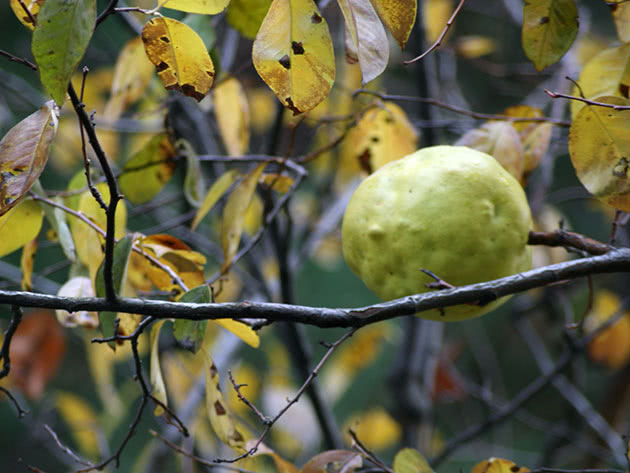
Early grades
The most famous early maturing quince varieties include:
- Buttercup is early – this variety ripens at the end of September. The early oiler’s fruits are large, lemon-yellow, weighing from 190 to 350 g, rounded-conical, ribbed, smooth. The pulp with a strong aroma, medium density, fine-grained and juicy, sweet and sour taste, white with a yellowish tinge. During storage, the fruits become sweet, the astringent properties disappear;
- Crimean fragrant – a fruitful frost-resistant variety, resistant to subcutaneous spotting and ripening in the third decade of September, with apple-shaped smooth lemon-yellow fruits of medium size. The flesh is yellowish in color, juicy, sourish in taste;
- Juicy – winter-hardy and drought-resistant fruitful variety with medium-sized fruits and weighing up to 250 g with yellow juicy pulp of sour-sweet taste;
- Harvest Kuban – high-yielding, winter-hardy, drought and disease resistant variety with very large fruits weighing up to 500 g with creamy juicy pulp of sweet and sour taste;
- Shortwave – a high-yielding and disease-resistant variety for technical purposes with small fruits with sweet and sour pulp of a mediocre taste, which are not consumed fresh.
In addition to those described, such early maturing quince varieties as Aurora, Anzherskaya, Zolotistaya, Gold of the Scythians, Rumo, Nikitskaya, Golden ball, Collective, Krasnoslobodskaya, Gift and others are popular.
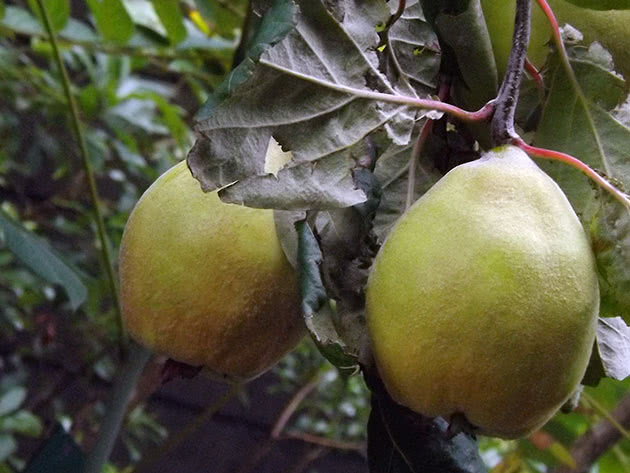
The middle-ripening
The medium-ripening quince varieties include those that ripen in the first half of October. These include:
- Couch 10 – Central Asian productive drought-resistant variety of average winter hardiness. The pear-shaped fruits of this variety are of medium size, with a smooth, sometimes slightly ribbed surface, covered with gray tomentose pubescence, which is easily erased. The color of the fruit is yellow-orange, the aromatic, creamy pulp is dense and sweet;
- Kuban – a fast-growing variety, however, winter hardiness, like drought resistance, is average. Fruits are small, weighing up to 250 g, rounded-cylindrical, slightly ribbed, heavily pubescent with gray felt pile, which disappears when ripe. Fruit color is orange-greenish. The pulp is creamy, juicy, sweet, with low acidity, medium density, stony cells are located near the seed chamber;
- Astrakhan – a high-yielding variety of quince with pear-shaped fruits of light yellow color of medium size and weighing up to 200 g. The flesh of the fruits is dense, creamy yellow, fine-grained, tart-sour in taste;
- Golotlinskaya apple-shaped – the main advantage of this undemanding early ripening fruit variety is the small size and compactness of the crown. Flat-spherical or cylindrical ribbed medium pubescent fruits of a golden-yellow hue with a green hue reach 280 g in weight. The juicy tart pulp retains a strong aroma even after processing;
- Берецки – a consistently productive, partially self-fertile variety of Hungarian selection. The varieties Champion, Giant, Portuguese are suitable for pollination. The fruits of this variety are pear-shaped, large – weighing up to 270 g, very tasty and aromatic – they are eaten fresh, like apples. The pulp of the fruit is yellow, juicy, of excellent taste;
- Trimontium – a frost-resistant variety, the same size and medium-sized fruits of which are used most often for processing.
The middle-ripening varieties include such popular varieties as Limonka, Otlichnitsa, Leskovats, Shchuchinskaya, Persian and others.

Late varieties of quince
This category includes varieties that ripen in late October or November. Among the late winter varieties, the most famous are:
- Zubutlinskaya – a fruitful, winter-hardy, wind-resistant and disease-free Dagestan variety of folk selection with very large, rounded obtuse-ribbed felt fruits weighing up to 800 g of golden yellow color with light yellow juicy pulp of a pleasant taste;
- Vraniska Denmark – a high-yielding, wind-resistant and disease-free variety of the Yugoslav selection with rounded-truncated pear-shaped, slightly woolly fruits weighing up to 270 g of greenish-yellow color. The pulp is light yellow, dense and juicy, sweet and sour taste;
- Buinakskaya large-fruited – high-yielding, self-fertile and early-fertile, winter-hardy and disease-resistant Dagestan variety with very large pear-shaped or cylindrical fruits, sometimes reaching 700 g in weight. Fruit color is light yellow;
- Ktyun-Zhum (winter quince) – a very late variety, zoned for the North Caucasus, with smooth, wide-ribbed golden-yellow fruits, often reaching 800 g in weight. The pulp of the fruit is light yellow, with an excellent sweet and sour taste;
- Portuguese – a partially self-fertile European variety of average winter hardiness with short-pear-shaped ribbed, slightly pubescent fruits of medium size. The pulp is fragrant, yellowish, tart.
Among the late varieties of quince, Mir, Studentka, Giant, Champion, Victoria and others are also popular.
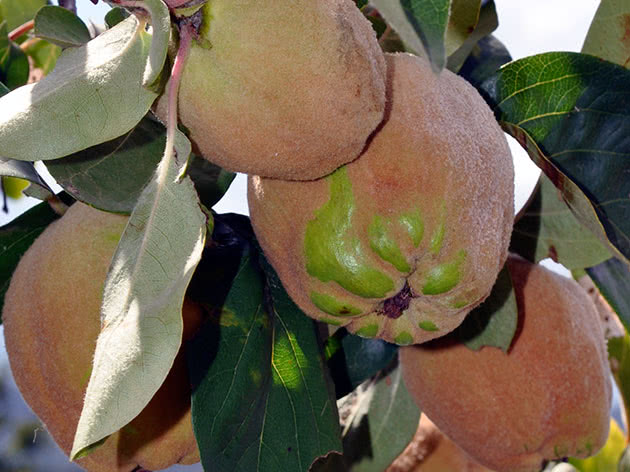
- Muscat – early maturing, medium-sized, high-yielding, drought-resistant and winter-hardy variety, practically not susceptible to disease. This is the best quince for the Moscow region – it is easy to cultivate on dense soils. The fruits of the plants of this variety are fluffy, felt to the touch, the pulp is light cream, rough;
- First-born – an early ripe moisture-loving winter-hardy fruitful variety that begins to bear fruit from the fourth year. Smooth, without pubescence, fruits, reaching 220 g in weight, have a rounded shape and pale yellow color. The pulp is fragrant, juicy, tender, creamy;
- Amber – a mid-season, early-fruiting, productive variety with an average winter hardiness, but high drought resistance and immunity to fungal diseases. The fruits of plants of this variety are of medium size, apple-shaped, slightly ribbed, the color of the fruits is from bright yellow to amber. The pulp is very aromatic, bright creamy or orange-yellow, coarse-grained, juicy, sweet and sour taste;
- Success – self-fertile late-ripening fruitful drought-resistant and winter-hardy variety with round and smooth light yellow fruits with almost imperceptible pubescence and very sweet pulp;
- Krasnodar – mid-season, winter-hardy and drought-resistant variety with fruits of medium size, weighing up to 200 g, apple-shaped, weakly ribbed, amber-orange or bright yellow in color. The pulp is juicy, coarse-grained, bright creamy or orange-yellow, with a strong aroma and sweet and sour taste.

